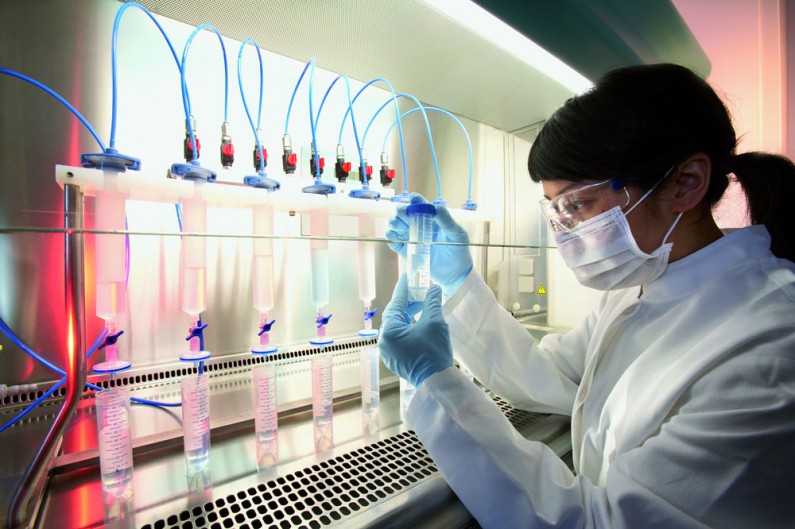

The controversial stem-cell therapies of the 1990’s and early 2000’s have been revitalized after ten years of vigilant medical restructuring of clinical protocol and patient care. A neurosurgery team of the Addenbrooke’s hospital in Cambridge, UK, has begun clinical trials this month, involving the transplant of cells from aborted human fetuses into the brain of a patient with Parkinson’s disease. A universal standstill was previously imposed on this therapy due to the overwhelming number of inconclusive treatment results, which had gradually begun accumulated and could no longer be ignored.
Parkinson’s disease (PD) involves the degeneration of dopamine-producing (dopaminergic) neurons, which are neurotransmitters vital to the normal functioning of the central nervous system. When these neurons become defective in the midbrain region, the familiar motor symptoms of Parkinson’s disease become apparent, leaving patients with severe mobility problems. The standard drug treatments, including Levodopa and Dopamine Agonists, are designed to increase dopamine in the brain, thus relieving mobility problems. But there is a common side effect – nausea. So, L-dopa is usually taken with Carbidopa, which treats nausea, and the combination is said to effectively treat the symptoms of PD, allowing patients to live considerably active lives for many yeas.
If drug treatments prove to be ineffective, patients may have four surgical options available to them – Pallidotomy, Thalamotomy, Electrical stimulation, and Neural implants (i.e. stem cell treatment). All four options are necessarily invasive. The first two involve an intentional damaging of parts of the movement and motor circuits of the brain, which somewhat counter intuitively reduces abnormal movements. Electrical stimulation (or Deep Brain Stimulation) targets various brain regions involved in motor regulation, and sends out electrical stimuli, which temporarily delays activity in those regions. Stimuli to the thalamus have a beneficial affect on tremor, and stimulation to the globus pallidus has a therapeutic affect on balance and rigidity problems. And, relative to pallidotomy and thalamotomy, deep brain stimulation is reversible (as its affects are only temporary). But cellular treatments target degenerate neurons directly, and replace them with dopaminergic cells from fetal brains or human stem cells.
According to the National Institute of Health (NIH), there are two broad types of stem cells: embryonic stem cells, which can differentiate into all the specialized cells, and adult stem cells, which act as a repair system to the body. The reason fetal cells are so promising, says Lund University stem-cell biologist Malin Parmar, is that the cells from fetal brains are already on the way to becoming mature dopaminergic cells. Moreover, “the human body knows very well how to develop each cell type from the embryo,” says Parmar. Adult stem cells, on the other hand, have to be reverse engineered into undifferentiated biological cells before transplanting them will have any desired affect; a process, which is part of the central focus of all the scientific teams involved in the planned trials.
Spearhead by University of Cambridge, UK, neurologist Roger Baker, and Lund University neurologist Anders Björklund, the transcontinental teams have formed a working group to standardize their research and clinical protocols. “We want to avoid a repeat of this situation,” says Baker – referring to the unintelligible results of the first series of trials conducted between 1987 and 2003. Members of the group, which has been titled the Parkinson’s Disease Global Force, include scientists from Europe, the US and Japan.
Baker and Björklund have lead collaborative reviews of stem-cell studies since 2006. They proclaim that the new insights gained from these efforts, in conjunction with the general progress made in the medical understanding of this treatment, motivate and justify the programmed studies that lie ahead.
By Luq Malik
Sources:
NIH
Neuroscience
Nature


